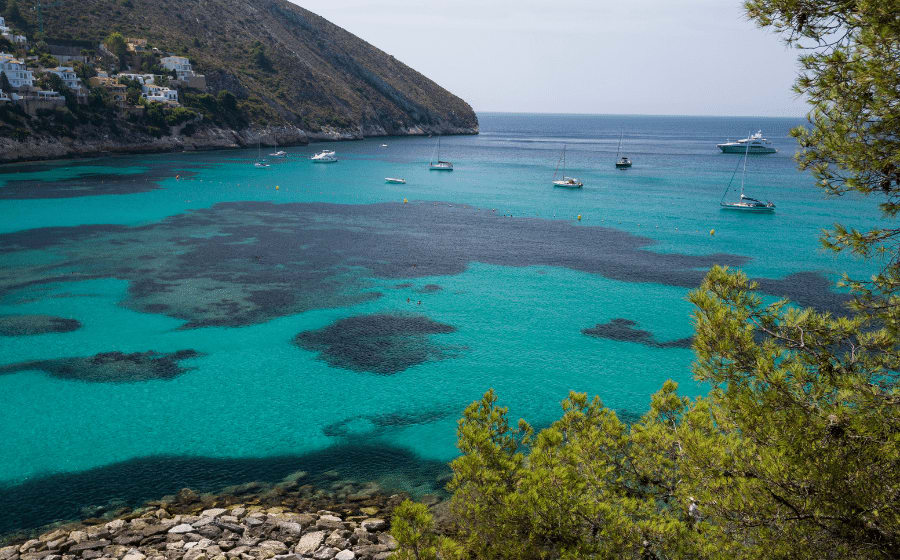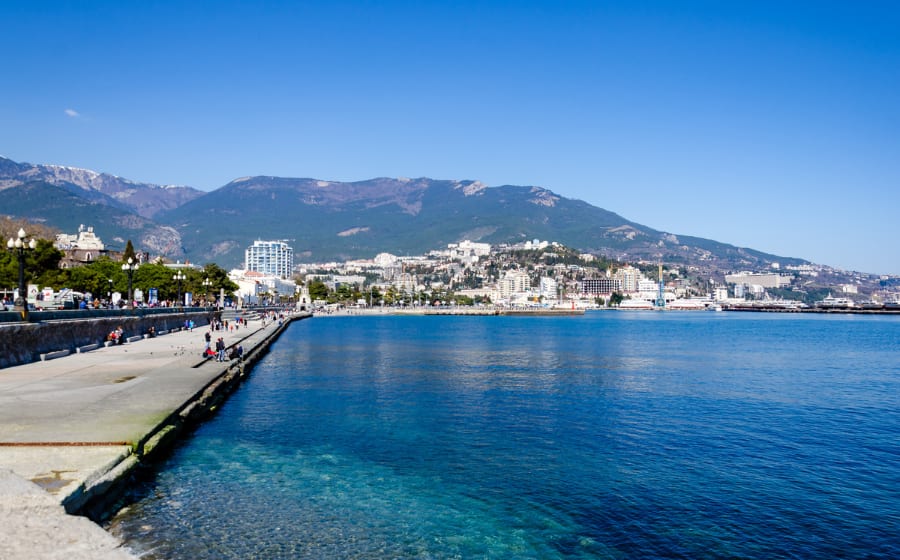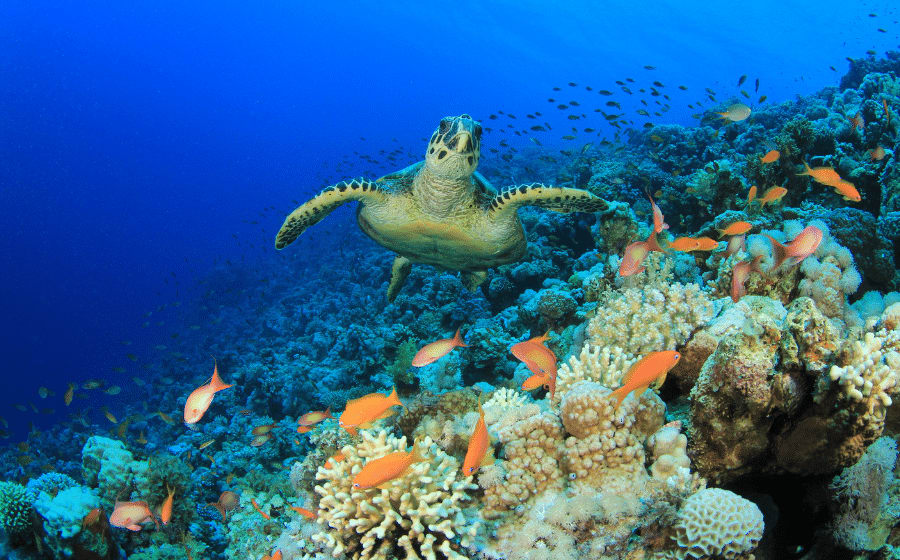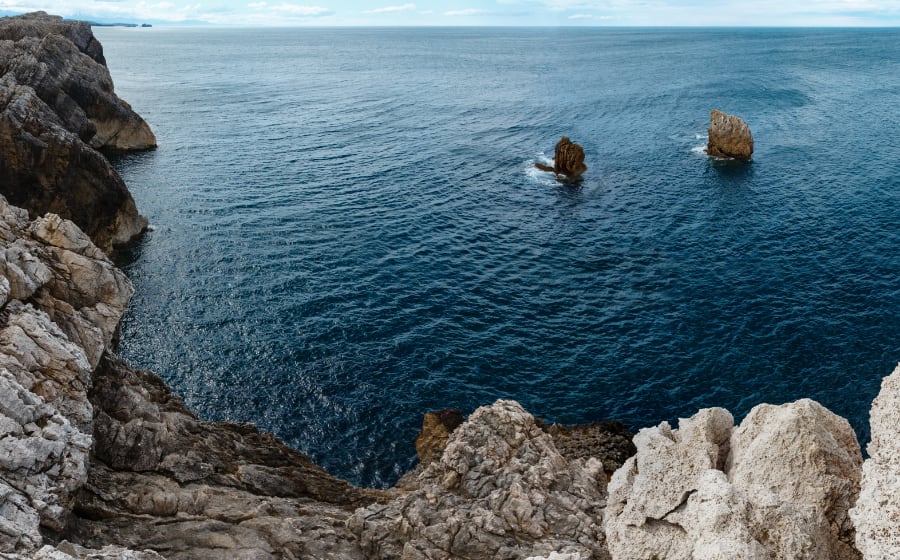Mediterranean Sea Sharks: Watch Out for These 5 Magnificent JAWS!
November 28, 2022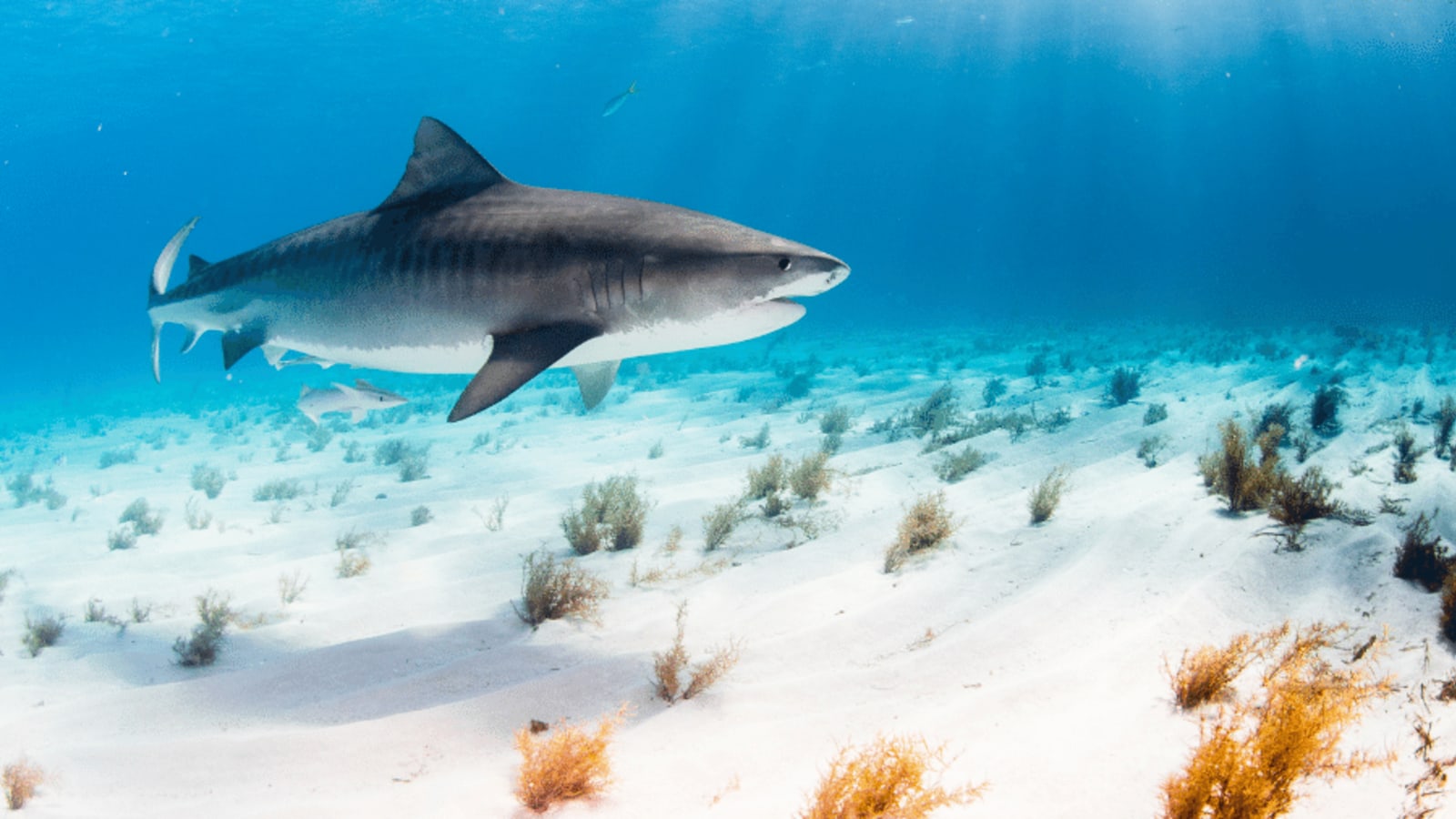
Win a FREE Trip to Spain!
Exciting Announcement! For the first time, we're thrilled to offer exclusive trips to the heart of Spain - an experience like no other. This isn't your typical tourist journey; it's a unique opportunity to immerse yourself in authentic Spanish culture, alongside real locals and our passionate team.
But there's more! Simply by requesting information about this amazing trip, you'll be entered into a special draw to win a Fully Paid Trip to Spain for Two. And that's not all - everyone who inquires will receive an exclusive bonus gift, valued at $500, available only now.
Ready to Discover the Real Spain?Click Here ↑ to Request Information & Enter the Draw!
Steven Spielberg’s movie “Jaws” did a lot of damage to the way we look at sharks…
When we hear about sharks, we usually associate them directly with Australia or America, but what about the Mediterranean Sea? You may be surprised, but the Mediterranean Sea has many shark species, some categorized in the most aggressive and dangerous lists. But the reality is that the vast majority of shark species are harmless. Although there have been attacks occasionally, sharks are not interested in human flesh.
In this article, I will tell you about the most common types of sharks you can see in the Mediterranean Sea, where they are located, and much more! I will also share some curious facts about these fantastic creatures.
Are you ready to get in the water and face these sharp jaws full of teeth? Just kidding! Don’t be afraid and enjoy the beauty of these animals!
Table of Contents ▼ ▶
Are there sharks in the Mediterranean Sea?
There are sharks in the Mediterranean Sea. In fact, there is a great diversity of up to 47 species of sharks (of the world’s 400 species) living in these waters.
We usually associate the Mediterranean Sea with beautiful, calm, and very safe beaches. And indeed, this is so, but it is also true that many species of sharks live in this area.
If you want to know some of the features that make the Mediterranean Sea unique, do not miss this article
13 Fascinating Mediterranean Sea Facts You Always Wanted to Know
Most sharks live in tropical regions and coral reefs. Still, there are also species of sharks that you can find in the Mediterranean Sea, which will vary due to migration depending on the time of the year.
Where are the sharks in the Mediterranean Sea?
Sharks are animals with a wide distribution in their habitat. Still, it also varies depending on the shark species and other factors.
These animals have migratory behaviors that make them travel long distances, so it is rare for them to stay in one place.
The areas of the Mediterranean where most sharks have been sighted are Egypt, Morocco, Tunisia, Malta, Italy, Greece, and Spain. Although in Spain, it is more common to find them in the Cantabrian Sea and in the Atlantic Ocean.
The area between Malta, Tunisia, and the Sicilian Channel is considered a breeding area for some shark species.
The 5 most common Mediterranean Sea sharks
Although there are about 47 species of sharks in the Mediterranean Sea, these are some of the most common species:
Blue shark - “Tiburón azul”

In Spain, it is also known as “Tintorera”, and it is the most frequent shark species in the Mediterranean Sea.
The Mediterranean Sea is one of its habitats. Still, it can also be found in other regions, such as the Atlantic, Pacific, and Indian Oceans.
The blue shark is a migratory animal capable of traveling up to 5,500 km in length. Crazy! But even so, they usually move in groups and are very rarely seen alone.
This shark has an average length of 2.5 meters and a weight of 80 kilos. Although there have been cases of females measuring 4 meters in length and weighing up to 220 kilos.
Blue sharks feed on fish, mainly squid and crustaceans, and have a high reproduction rate compared to other shark species (they usually have 25 to 55 pups). This explains why they are one of the most common sharks in the Mediterranean.
Although the blue shark has been listed as endangered since 2016, this species is usually seen more regularly than the rest. In fact, there have been sightings on some beaches in Spain, France (mainly on the island of Corsica), and Greece. But they generally prefer deeper and somewhat cooler waters.
The life expectancy of the blue shark is around 16 years.
Basking shark - “Tiburón peregrino”

The basking shark is the most giant shark you can find in the Mediterranean and is the second largest fish in the world.
This shark is known as the “basking shark” because of its long transoceanic and transequatorial migrations at certain times of the year.
In addition to being sighted in the Mediterranean Sea, it is also found worldwide, from the polar areas to the tropical oceans.
The basking shark can measure up to 12 meters long and weigh up to 4 tons! But what characterizes it the most is that it swims with its mouth open and filters the water through its gigantic gills. It can filter 2,000 tons of water per hour! A real madness!
Although this shark is quite scary with such a big open mouth, it is a peaceful animal that feeds mainly on plankton, crustaceans, and small fish. However, its main predators are the killer whale and the tiger shark.
This admirable animal is currently endangered and is a protected species in some regions.
The life expectancy of the basking shark is around 50 years.
Shortfin mako shark - “Tiburón mako”
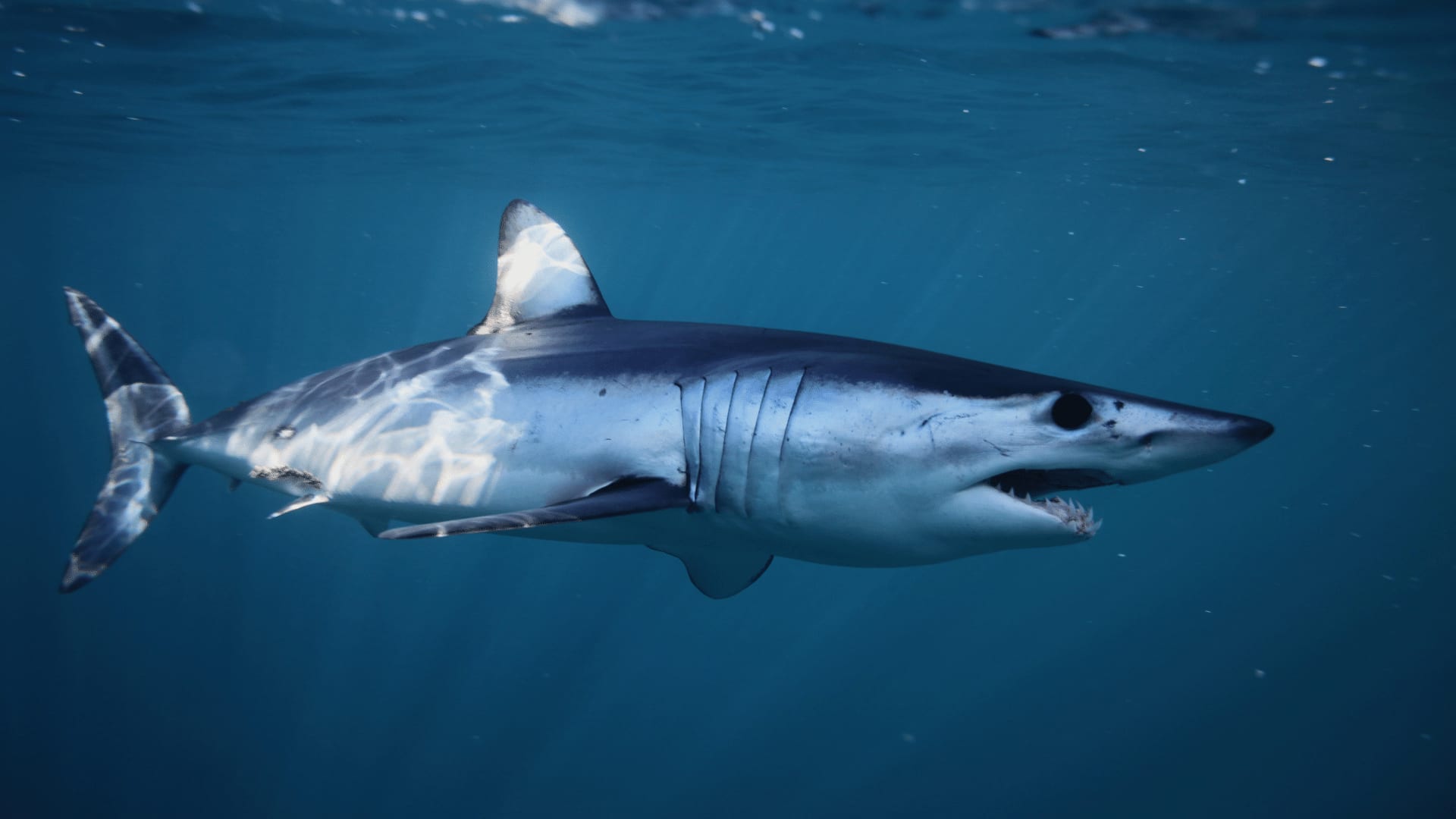
This type of shark likes both tropical and temperate waters. It ranges mainly from the Gulf of Mexico to the South Pacific. However, there are several specimens inhabiting the Mediterranean Sea.
The shortfin mako shark is very elegant and one of the fastest sharks, reaching up to 45 miles per hour!
It can measure between 3.5 and 4 meters in length and weighs around 600 kilos.
Mako sharks can be mistaken for dolphins from a distance as they can do somersaults and jumps in the air.
This shark species is one of the most frequent in the Mediterranean, along with the blue shark. However, in recent years its population has declined considerably. In fact, it is in danger of extinction.
Their maximum life expectancy is 29 years for males and 32 years for females.
Great white shark - “Tiburón blanco”
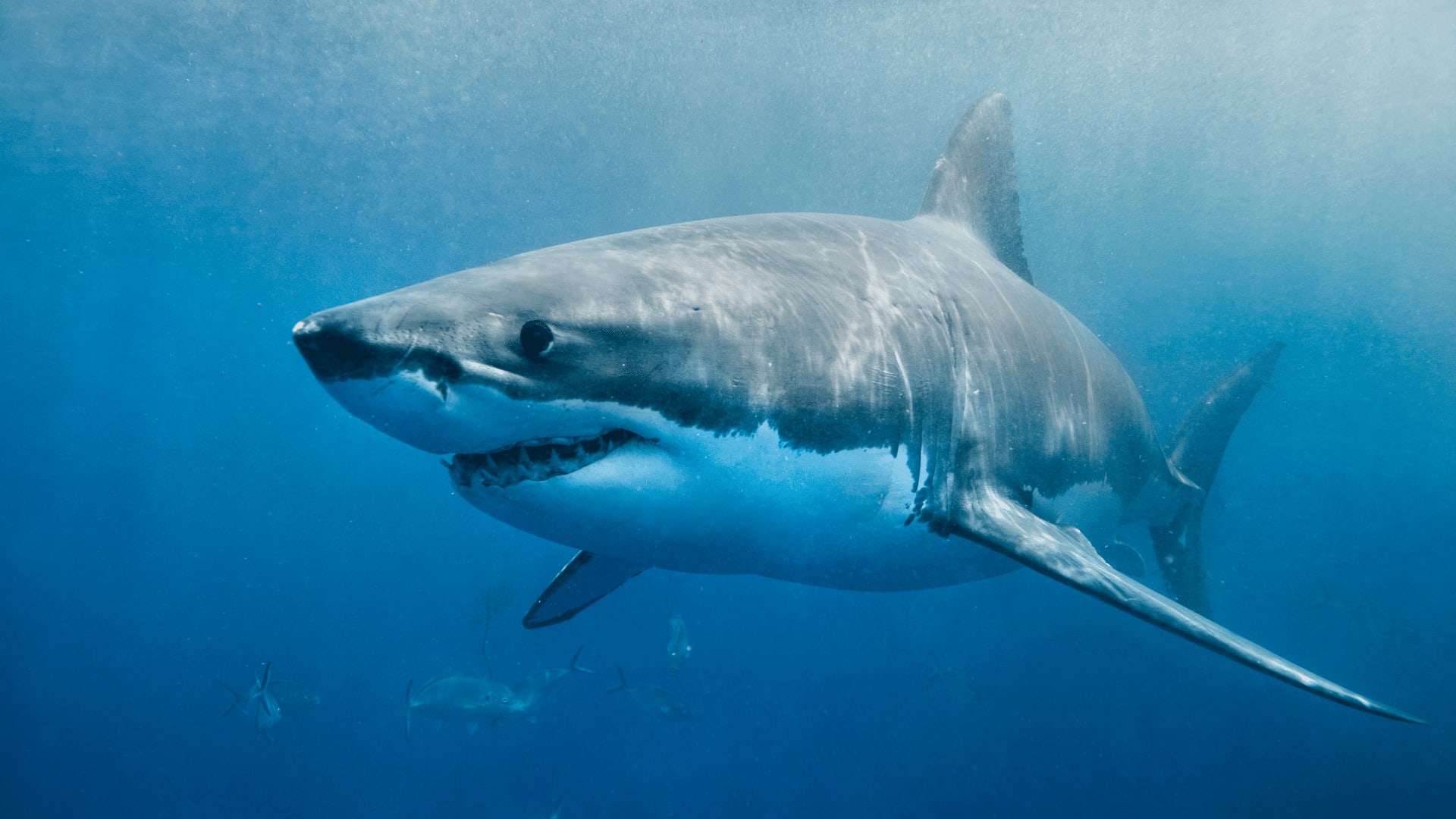
The white shark is responsible for the largest number of attacks on humans. But you should know that they do not like human flesh and feed mainly on fish.
This type of shark can be found on some coasts of the US, Australia, New Zealand, Japan, Southern Africa, and the Mediterranean Sea. They are located at great depths as well as at the surface and are mainly solitary.
These amazing animals can grow up to 6 meters long and weigh up to 2 tons! They move at great speed, reaching up to 16 miles per hour.
Great white sharks’ mouths are 0.9 to 1.2 meters wide and have around 3,000 teeth up to 7 centimeters in size! Imagine encountering a shark like this while swimming calmly in the Mediterranean Sea!
Killer whales are the main predator of the great white shark.
Although they are one of the most dangerous sharks, they live far away from the Mediterranean coasts, and it is not common to see them. But they indeed inhabit these waters. Apparently, the Strait of Sicily is frequented by white sharks as the area where they go to give birth to their offspring.
The white shark can live between 30 and 40 years.
Bigeye thresher - “Tiburón zorro”
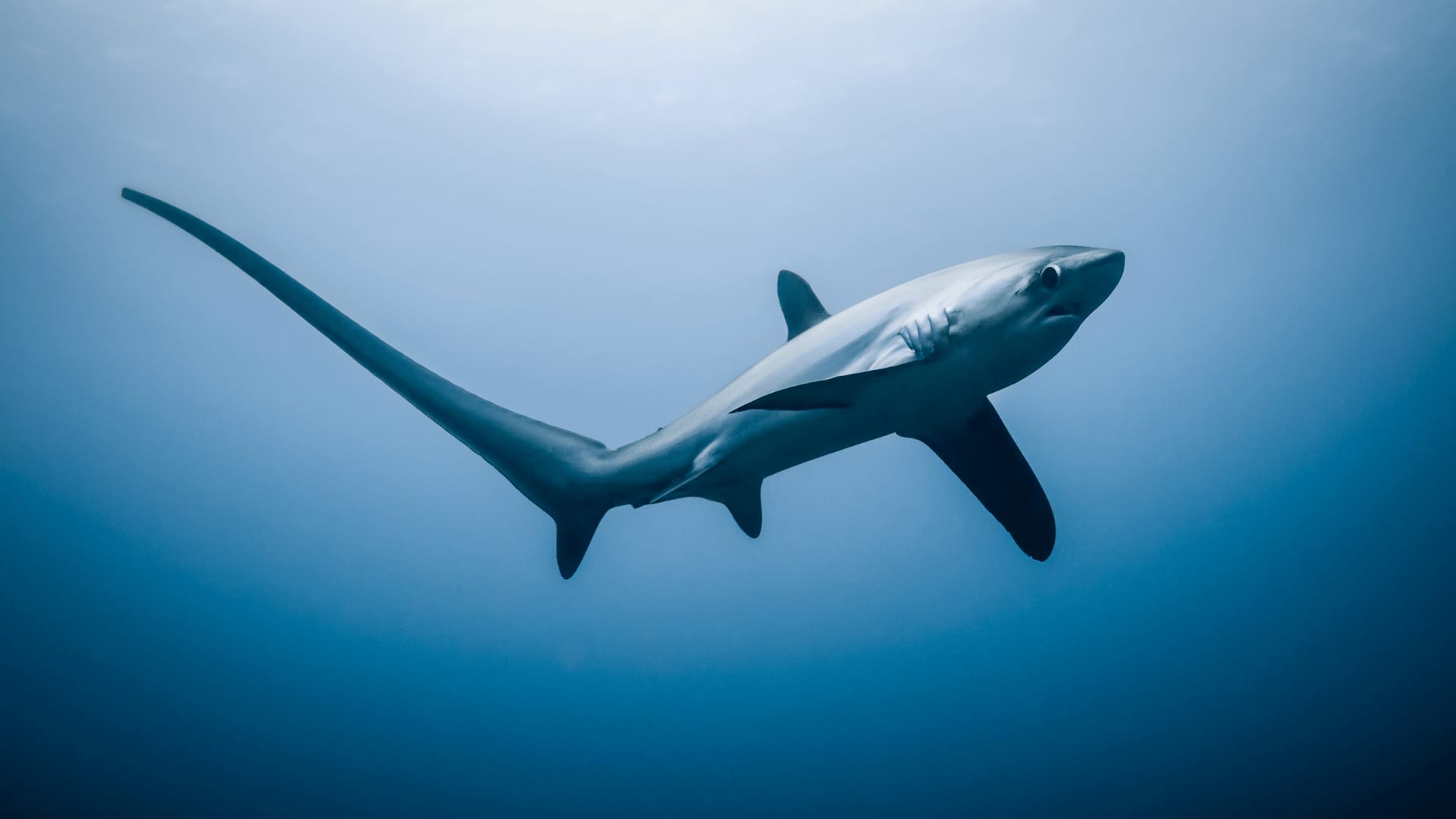
Although smaller, this shark belongs to the same family as the white shark.
The thresher shark is approximately 3-4 meters long and weighs about 200 kilos. However, there have been cases where species weighed up to 380 kilos.
It stands out for its incredible speed, exceeding 70 kilometers per hour! But what really stands out is its tail, which can reach half the animal’s size!
In addition to giving it incredible speed, the tail is used to corner, disorient and stun fish grouped in schools. Its strategy consists of hitting the water’s surface to make the fish move and then using its tail to hit them and eat those that have been stunned or killed. It feeds mainly on small fish, such as sardines.
But you don’t have to worry, the thresher shark usually lives offshore, so it is very rare to see it near the Mediterranean coast.
Besides being found in the Mediterranean, it is also a typical species in Asia, North America, Australia, South Africa, the southern Red Sea, and the northern Pacific Ocean. It also inhabits tropical seas at a maximum depth of 500 meters.
Its maximum life expectancy is 19 years for males and 20 years for females.
7 Curious facts about Mediterranean Sea sharks
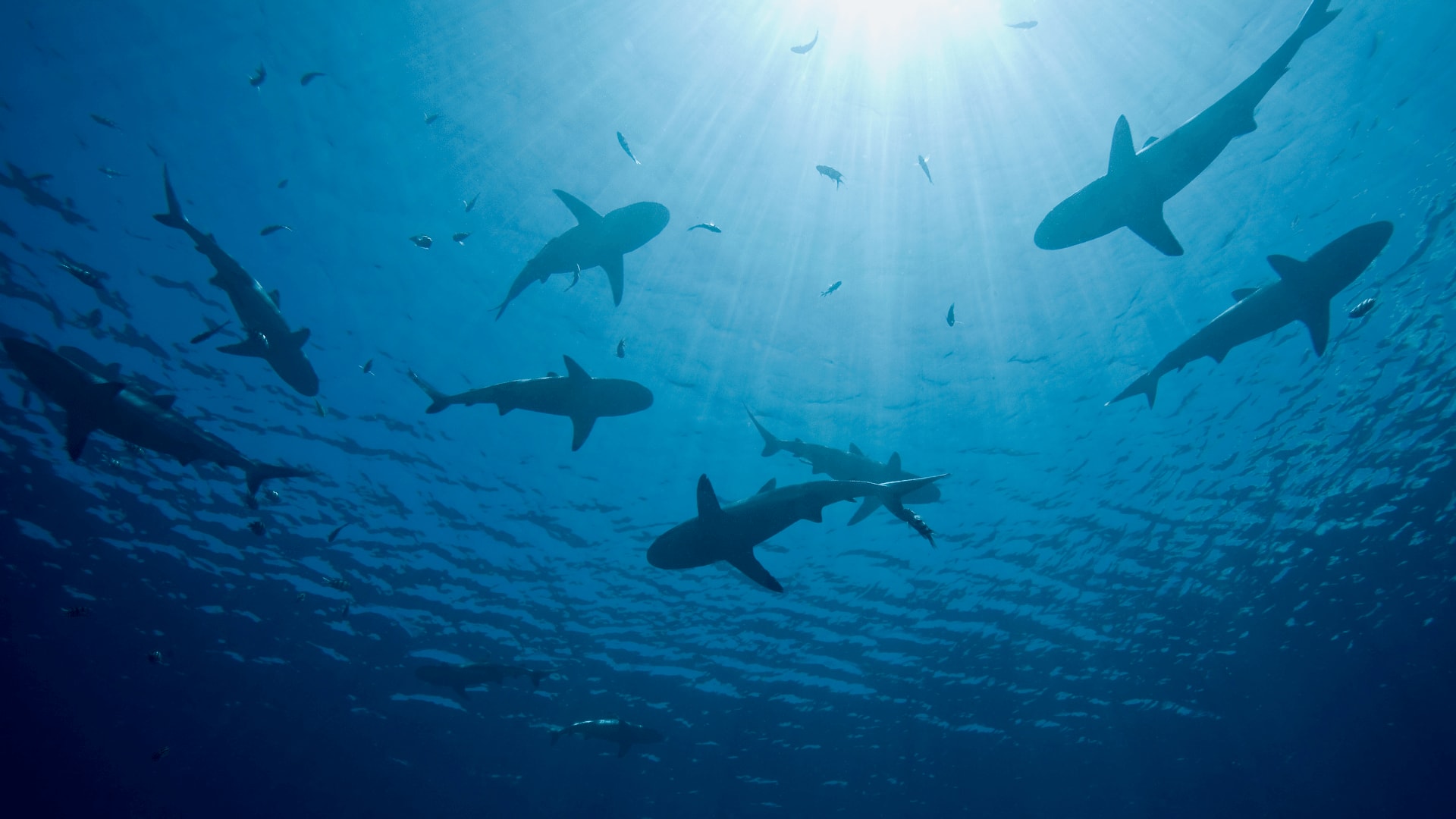
Like the rest of the sharks on the planet, Mediterranean sharks have a series of characteristics that make them extraordinary and admirable animals.
These are some of the most curious and interesting facts you should know about these interesting species:
1. Sharks have a sixth sense
One of the most curious facts is that sharks possess an additional sense, which allows them to detect the electrical signals emitted by other marine animals. This sense of electroreception allows them to perceive even the heartbeat of another fish just one meter away!
2. Sharks can drown
If a shark stops swimming, it will sink and die from asphyxiation. This is because sharks do not have a swim bladder, internal float, or a hydrostatic organ that other marine animals have, so sharks cannot float.
The sharks’ breathing mechanism consists of keeping their mouths open while swimming so that the oxygen-laden water passes through their gills. But if they stop, they cannot breathe water into their gills. So sharks always have to swim to be able to breathe.
3. Sharks do not sleep
In the case of humans and other animals, to rest, we need to sleep, which requires a stop of motor activity and an absolute disconnection from the environment. However, sharks can rest while they keep moving. To rest, they alternate periods of inactivity and can disconnect certain brain areas where only part of the brain sleeps.
4. A shark’s skin is like armor
A shark’s skin looks smooth, uniform, and even gelatinous, but it is actually very rough! The skin is made up of tiny scales of the same material as its teeth. This makes the shark faster because having this type of skin reduces friction in the water.
5. Sharks are great trackers
Sharks have a great sense of smell. They can smell a drop of blood from 100 meters away! And not only that, but they also have a great sense of hearing that allows them to attend specific movements from miles away. Sharks also have excellent vision, even though they can’t distinguish colors.
6. The strength of the shark’s tail
The shark’s tail gives them greater speed and is one of the parts where the shark has more strength. The longer the upper part of the tail, the more speed they will reach.
The thresher shark can be about 3 meters long and has a very effective hunting strategy whereby it kills its prey with a tail whip. This tail whip can reach a speed of 24 meters per second.
7. Sharks have no bones
The skeleton of sharks is made of cartilage, which makes them lighter and more flexible. In addition, this gives them greater ease of movement and makes them faster.
The Mako shark, for example, can swim 74 km per hour!
Are there shark attacks in the Mediterranean Sea?
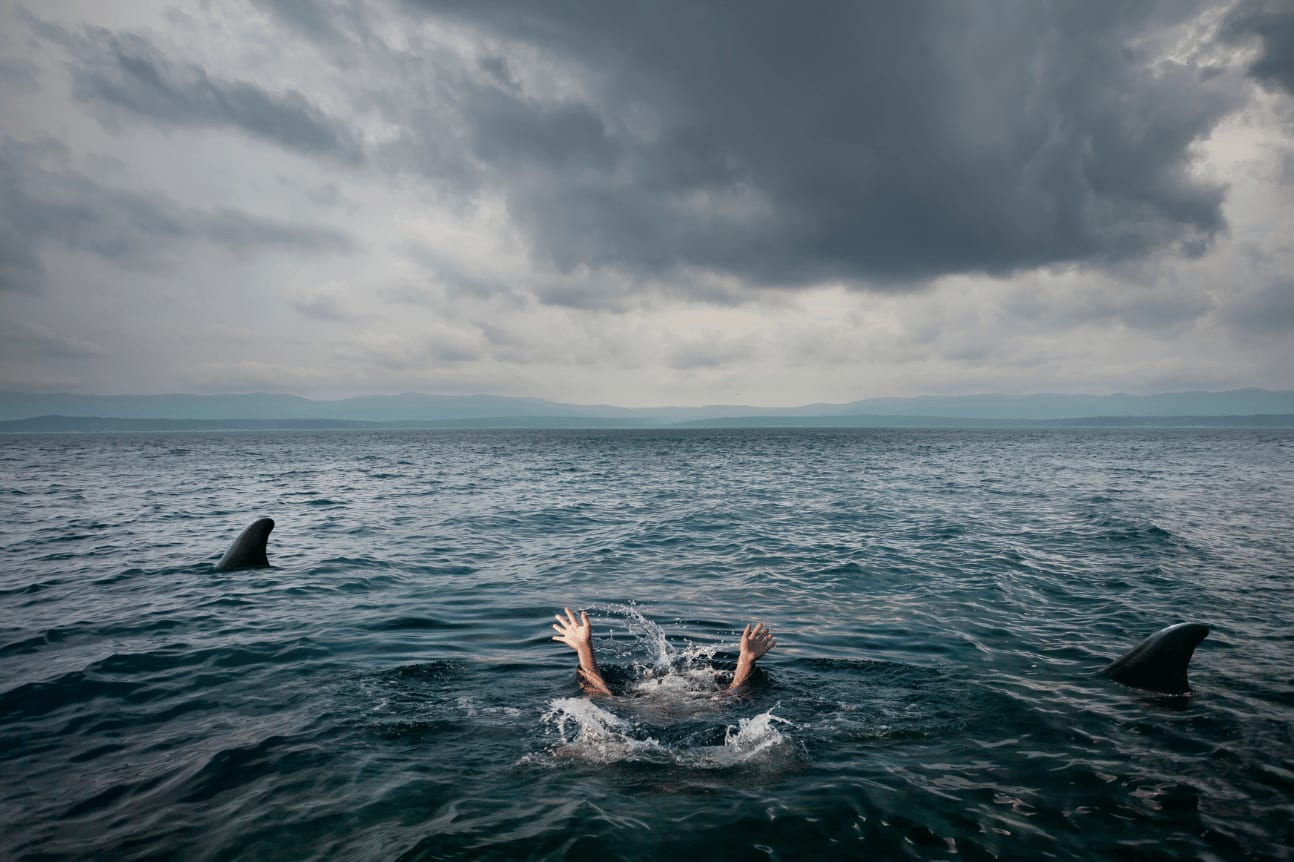
Shark attacks in the Mediterranean Sea are super rare.
According to various statistics, from 1900 to date, there have only been 270 cases of shark attacks in the Mediterranean Sea.
In the Mediterranean Sea, there is only one recorded case of a fatal white shark attack on a diver. This attack occurred in 1989 in Italy at a depth of 27 meters.
The number is minimal if we compare these data with global statistics. Most attacks against humans occur in the Caribbean, Australia, South Africa, Hawaii, some US coasts, and some areas of the Red Sea.
You need to know humans are not part of the sharks’ diet. Sharks have a dark reputation, but the reality is that humans are not suitable prey for their digestion.
According to several studies and as stated by many oceanographers, most of the attacks are due to a mistake since the shark often confuses the swimmer’s silhouette with that of a seal. 90% of the people attacked by sharks die from bite injuries and blood loss, but not because the shark has devoured them.
Did you know Spain is the third country in the world in the number of catches?
Unintentional catches by different fishing gears is one of the biggest threats to sharks in addition to the degradation of their habitats. That’s why many of them are threatened with extinction.
Although there are different species of sharks in the Mediterranean Sea, we should not be afraid. There are hardly any known shark attacks on people, and you rarely see them.
I hope this article has changed the way you look at these animals. They are species that we must take care of and respect because human beings would cease to exist without them.
I encourage you to take a look at this woman’s IG profile @oceanramsey, to see sharks from another perspective!



